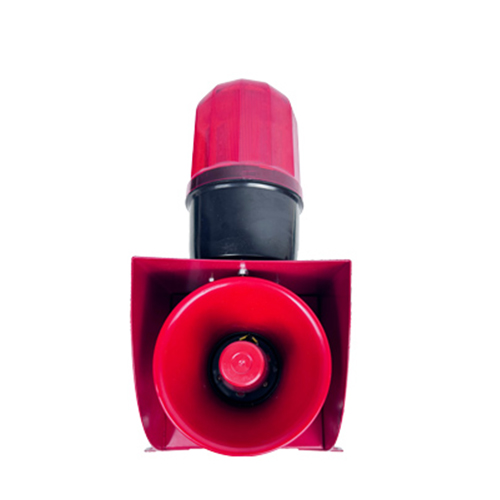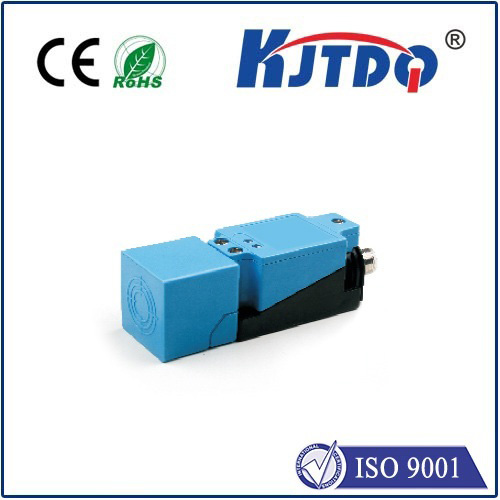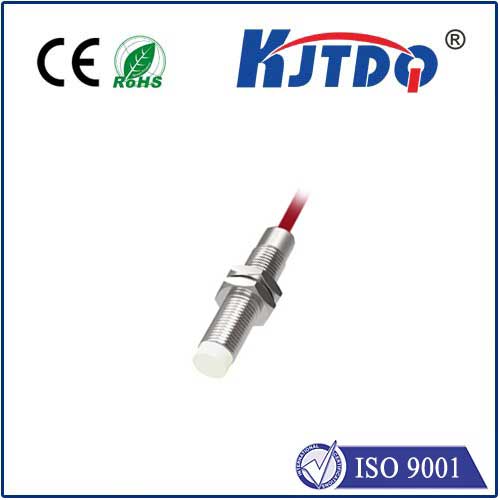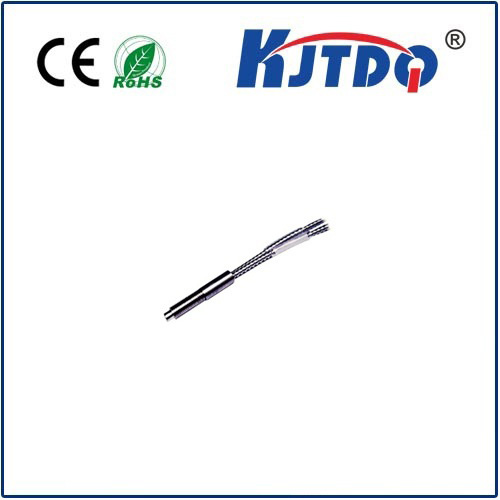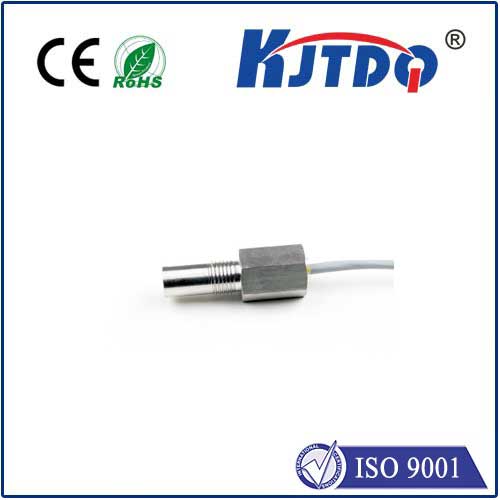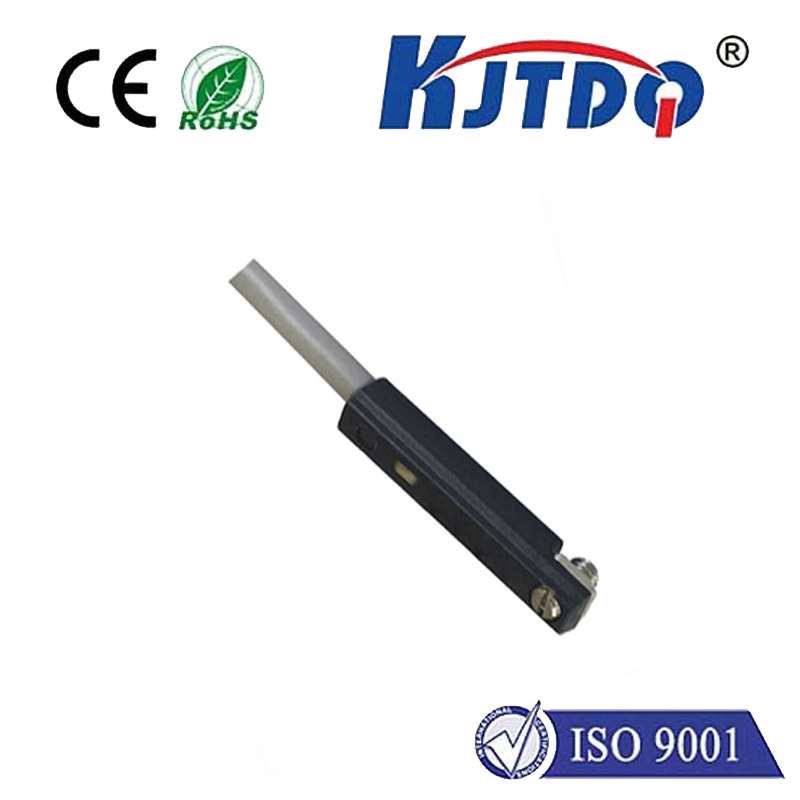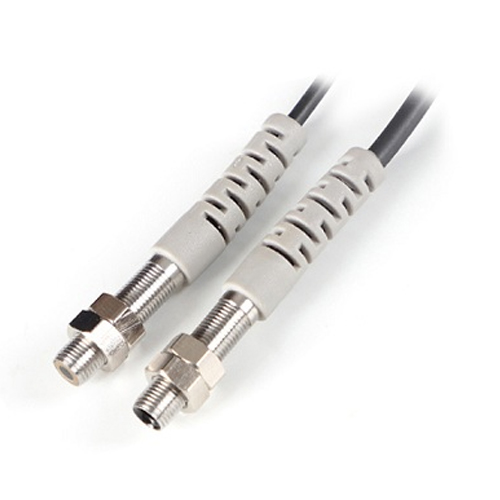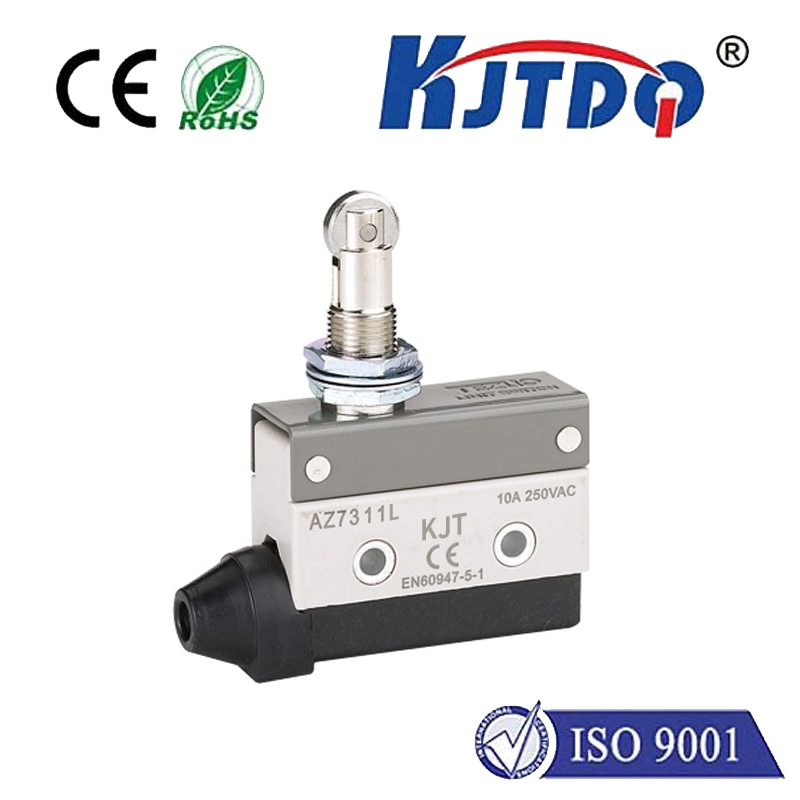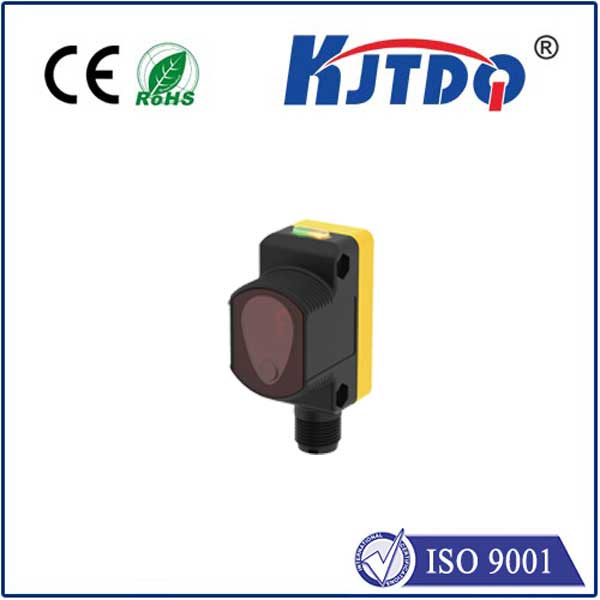

check

check

check

check
Imagine measuring the thickness of a human hair or tracking the vibration of a jet engine turbine blade – all without physical contact, at blinding speeds, and with astonishing accuracy. This isn’t science fiction; it’s the daily reality powered by optical displacement sensors. These sophisticated instruments harness the properties of light to deliver non-contact, high-precision distance and position measurements, becoming indispensable tools across countless industries. Understanding their capabilities reveals why they are fundamental to modern manufacturing, automation, and quality control.
How Do These “Light Measurers” Actually Work?
At their core, optical displacement sensors operate by projecting light onto a target surface and analyzing the reflected signal. The most common principles are:
Laser Triangulation: This prevalent method involves projecting a focused laser spot onto the target. A high-resolution imaging element (like a CCD or CMOS sensor) views this spot from a known angle. As the target moves closer or further away (changing displacement), the position of the laser spot shifts across the imaging sensor. Sophisticated algorithms then calculate the exact displacement based on this shift and the fixed angle geometry. Laser triangulation sensors excel at high-speed, medium-to-high precision measurements on a vast array of surfaces.
Confocal Chromatic Principle: This technique uses a multi-lens optical system that focuses different wavelengths (colors) of white light at distinct focal points along the optical axis. When the light is reflected back from the target surface, only the specific wavelength perfectly focused on the surface passes efficiently through a confocal aperture to a spectrometer. The spectrometer identifies this dominant wavelength, which directly correlates to the precise distance to the target. Confocal sensors offer exceptional precision and resolution on challenging surfaces, including transparent, translucent, highly reflective, or even curved materials.

Laser Interferometry: Based on the interference patterns created by combining two light beams – one reflecting off a fixed reference point and one reflecting off the moving target. Changes in the target’s position cause measurable shifts in the interference fringes. This method delivers ultimate precision, often at the nanometer level, but typically requires controlled environments and reflective targets.
Why Choose Optical Displacement Over Contact Methods?
The advantages driving the adoption of optical displacement sensors are compelling:
Where Precision Meets Application: Real-World Impact
The unique capabilities of optical displacement sensors make them ubiquitous:
Choosing the Right Optical Displacement Sensor: Key Considerations
Selecting the optimal sensor requires careful analysis:
Investing in Unseen Precision
From ensuring the consistency of everyday consumer products to enabling breakthroughs in nanotechnology and medicine, optical displacement sensors are the silent workhorses of modern precision measurement. Their ability to deliver fast, accurate, non-contact data revolutionizes how we control processes, guarantee quality, and push the boundaries of engineering. As technology evolves – with smarter algorithms, smaller form factors, and enhanced capabilities – the reach and impact of these remarkable devices will only continue to grow. Understanding their principles and strengths is the first step in harnessing their power to optimize efficiency, quality, and innovation in your field.
